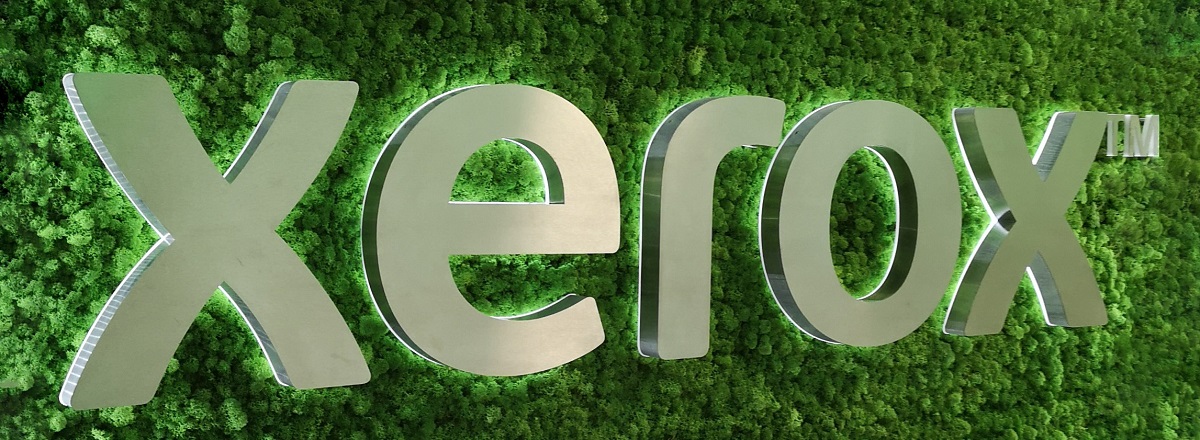
Get involved in the circular economy
The United Nations Conference on Trade and Development (UNCTAD) provides a useful definition of the circular economy:
“A circular economy entails markets that give incentives to reusing products, rather than scrapping them and then extracting new resources.”
By doing this, all forms of waste are returned to the economy or used more efficiently to protect the environment, whilst also ensuring that natural resources are used more wisely. New sectors, jobs and capabilities can also flourish.
Pioneering a Circular Economy
Xerox's first commercial product introduced electronics remanufacturing in 1959, long before the term circular economy became popular. The vision was to transform Xerox manufacturing, operations, offices, and facilities into waste-free workplaces.
“We had the same vision for our clients’ workplaces: a world where electronics and supplies at the end of their useful life would come full circle to become raw materials for tomorrow’s technology. In this model, quality and performance are not compromised, precious natural resources are conserved, and waste becomes obsolete.”
Read more in the CSR Report, 2022.
Six decades on, and Xerox continues to lead the way, demonstrating that a circular economy can deliver on environmental, economic, and societal goals. Some key initiatives that feature in the Xerox roadmap to Net Zero by 2040 include further increasing post-consumer materials in products, expanding take-back and remanufacturing, and engaging suppliers for low carbon supply chain.
Read more about how Xerox demonstrates principles of the circular economy in the design, manufacture, use and life extension of equipment in the annual CSR report here.
How can you join the circular economy?
The Ellen McArthur Foundation has partnered with UNCTAD on the circular economy since their initiative started in 2015. A range of resources for organisations is available to guide your next steps including plastics, education, fashion, finance and food. Browse their resources here.
Make sure that your printer or MFD is part of the circular economy, by recycling toners, purchasing a remanufactured device, and returning your device to Advanced UK. Explore more here or download the Xerox Circular Economy brochure here.
Xerox circular economy highlights
60% of Xerox products include Lifecycle Assessments
21% post-consumer recycled (PCR) included in toner cartridges
New devices include between 10 – 25% post-consumer recycled (PCR) plastic content
4.58 million cartridges, toner containers, and other used supply items returned in 2021, equalling 2,000 metric tons
17,810 metric tons of equipment and parts-related waste were diverted from landfills to be recycled
10,740 office devices were remanufactured in 2021

Integrating lifecycle thinking into our products directly contributed to Xerox earning EPEAT Gold certification.
It’s time to get involved in the circular economy to help meet your own sustainability goals.
Find out more from the Ellen MacArthur Foundation.
Get inspiration from the Xerox circular economy guide.
Check out the Xerox CSR Report 2022.

Webinar: Developing a Roadmap to Net Zero
Join us for the story behind Xerox’s net zero target, and learn actionable insights for your own sustainability roadmap.

How we do sustainability
Our global commitment to carbon zero and supporting your sustainability goals.